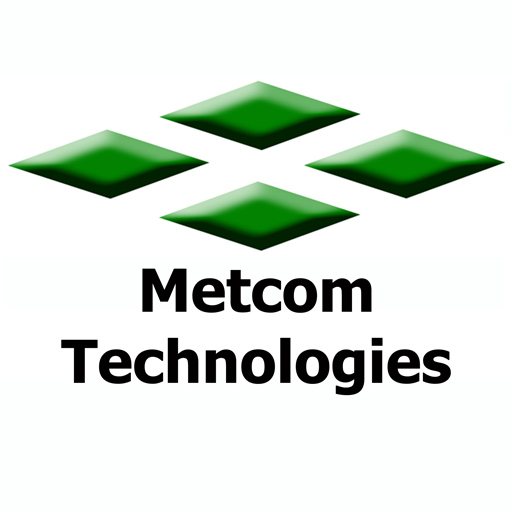How can we reduce operating costs with little or no capital?
Decades of conducting plant test work with the operators has provided Metcom the chance to identify a number of opportunities common to most ball milling circuits. Review the following list of questions to see how your operation might quickly benefit from one or more low cost, or no cost, methods to increase grinding circuit efficiency and reduce concentrate net production costs.
- Are cyclone apexes sized and maintained to maximize underflow percent solids? Underflow percent solids can usually be kept near 55% by volume without impinging on roping. Any water in this stream carries fines back to the mill, wasting mill grinding power and resulting in over grinding.
- Is ball mill water addition being minimized? Almost every plant front-end ball mill grinds most efficiently with no water added to the cyclone underflow which feeds it.
- Are we using the best size(s) of grinding balls? The grinding media are often oversized (to be conservative) for new operations. Review of the ball sizing, and many times charging a mix of sizes, can result in significant benefits. Metcom provides a simple diagnostic tool to identify media sizing opportunities and pilot torque mill testing for media size(s) optimization. Improved media sizing is a route to higher ball mill grinding efficiency that requires no capital investment.
The following questions relate to the set up of the pumps and cyclones, specifically how well do they achieve maximization of the use of mill energy on coarse sized (versus already finished size) material? Please see our video on “Classification System Efficiency” (or “CSE”).
- Is our circulating load ratio at least 350%, or higher? See Grinding Bulletin No. 1 on how to readily determine your circulating load ratio.
- Is cyclone feed water addition rate maximized (to the downstream processing lowest percent solids constraint)?
- Do we operate the maximum number of cyclones?
- Is cyclone feed pump speed and motor capacity being fully utilized?
Minor adjustments to existing equipment (e.g., pump speed or cyclone orifice dimensions) sometimes can yield significant improvements in “CSE”. You can benchmark your own mill’s CSE value against what it should be achieving usingTable 5 in the reference paper in September, 2014, Mining Engineering.
Constraints in different plants will vary. However, you may find one or more of these suggestions provide a workable means to low cost, or no cost, grinding efficiency improvements at your facility, as they have done for other operations. Click here to see published examples of increased plant grinding efficiency using the tools provided by the Metcom System and Training Programs.
